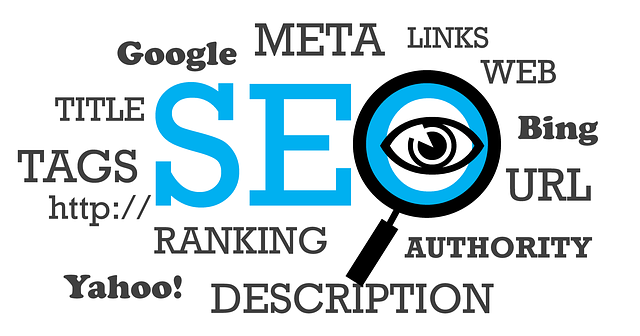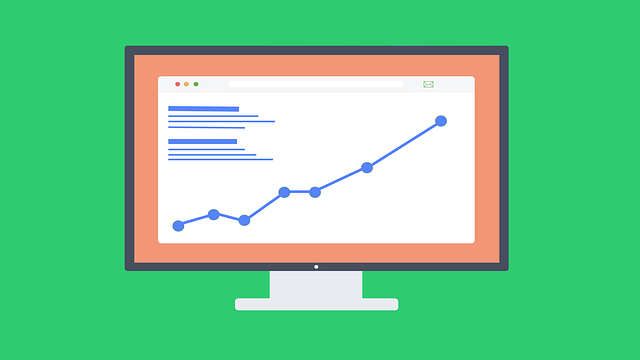
How to Create an Effective Website
June 30, 2018
SEO Mistakes Small Businesses Must Avoid
July 30, 2018Up until six years ago, optimising images was a key SEO strategy that companies implemented. The amount of traffic generated from image searches was quite significant.
In 2013, Google made changes which drastically affected image search traffic. The search engine giant placed a ‘View Image’ option in their image searches. This change resulted in a decrease of more than 60% in image search traffic. It also negated all the time and effort that companies invested to optimise their content management systems and system catalogues. But why did this small change have a huge impact on web traffic from image searches? When people click on the ‘View Image’ button, they are led to a page where only the image is available. They are not forwarded to the actual web site which is hosting the image.
In 2016, Getty Images filed a competition law complaint against Google. Getty Images said that the changes that were implemented by Google promoted piracy. They also said that the tech company distorted results and searches favoured their own services. The changes also made high definition images available in Google image searches which removed the need to go to the original source site of the image.
Image SEO Is Back
Almost two years after the case was filed, Google reached a deal with Getty Images in February of 2018. Both parties agreed to a multi-year global licensing partnership. As part of the partnership, copyright attribution and disclaimers are now more prominent in Google image searches. More importantly, the ‘View Image’ button has now been removed from Google Image Searches. This may look like a small thing, but this makes the biggest impact on image SEO.
Just a few months after the ‘View Image’ button was removed, statistics showed that there was over 30% increase in clicks from Google image searches. Some even reported an increase of over 50% in traffic due to image searches after the change was implemented.
How to Do Image SEO
With the aforementioned findings, it is clear that you should start prioritising image SEO once again. While it remains unknown if the lost traffic will be fully regained, many experts say that signs are currently positive. In fact, Google said that this change will definitely be maintained long term.
If you want to optimise your images, you may start with three main things. First is your image file name. Make sure you label your image correctly. When creating file names, think about terms which users may use as search query. Never use your image’s file name on your camera or names like “pic01” as these have no SEO value; search engines won’t understand them and users won’t key in these terms.
Another thing you should work on is your alt attributes or caption. It is recommended that your alt text describes your image and contains relevant keywords. However, do not pepper it with search terms as this also wouldn’t help search engines index your image.
Lastly, you have to remember that speed is still the biggest factor that affects the behaviour of users. As such, image compression is important to ensure that the users view your website after doing a search. Otherwise, if your page takes more than 3 seconds to load, the bounce rate can reach more than 50%. So, never take your website’s speed for granted!
When done properly, image SEO can help drive more traffic to your site. Take advantage of the recent changes and go back to optimising your images ASAP.
Need help with image SEO? We have professional SEO specialists who can help you! Call us at 089 466 2000 or 01 960 9023!




